
[Warning] Top 6 Common Cardiovascular Diseases in Modern Society
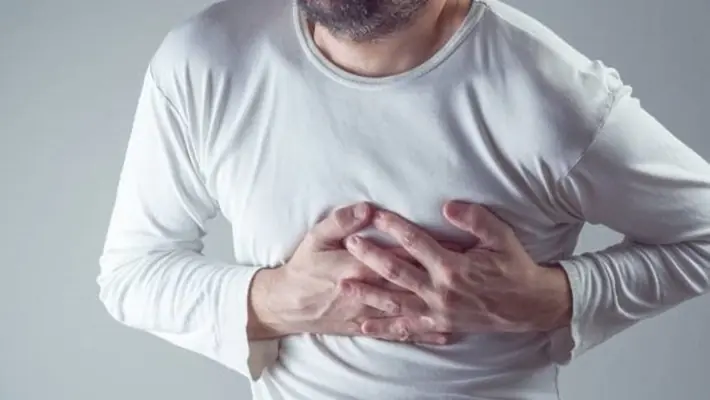
Cardiovascular disease is the leading cause of death worldwide, taking the lives of more than 17.9 million people annually. However, not everyone is aware of the warning signs of these dangerous diseases.
What is Cardiovascular Disease?
Cardiovascular disease (Heart Disease) refers to disorders of the heart and blood vessels. It includes coronary artery disease, hypertension, peripheral artery disease, rheumatic heart disease, valvular heart disease, cardiomyopathy, and arrhythmias. It is the leading cause of death globally. According to the World Health Organization (WHO), approximately 17.9 million people die from cardiovascular disease each year, with 85% of these deaths due to heart attacks and strokes.
In Vietnam, cardiovascular disease claims nearly 200,000 lives each year, surpassing the number of deaths caused by cancer. Notably, this disease is becoming increasingly common among younger populations. While in the past, cardiovascular diseases like cerebrovascular disease, coronary artery disease, and peripheral artery disease were usually seen in older adults, they are now occurring earlier in younger people.
Young people often underestimate their risk of heart disease, failing to take preventive measures or undergo early screenings. This can lead to serious complications and negatively impact society’s workforce. Additionally, congenital heart disease cases that are not diagnosed and treated early in childhood also contribute significantly to cardiovascular disease among young people.
Common Cardiovascular Diseases
1. Coronary Artery Disease
Coronary artery disease affects the arteries that supply blood to the heart and presents in three main forms: stable angina, unstable angina, and acute myocardial infarction. An estimated 8.9 million people die each year from coronary artery disease.
In developing countries like Vietnam, the prevalence of coronary artery disease has increased over the years. According to the National Institute of Cardiology, the incidence rose from 3% in 1991 to 9.5% in 1999. Coronary artery disease now accounts for 11% to 36% of deaths.
Causes:
The primary cause is the buildup of plaques made from cholesterol and other cellular waste products, leading to atherosclerosis. If these plaques rupture or block the artery, blood cells can cluster together to repair the artery, leading to narrowing and obstruction.
Symptoms:
- Chest pain (angina): This feels like pressure or squeezing in the chest, often occurring on the left side.
- Shortness of breath: If the heart cannot pump enough blood, a person may feel breathless or extremely fatigued.
- Heaviness in the chest, a burning sensation, or dull pain may also be felt.
2. Arrhythmia
Normal resting heart rates for adults range between 60-100 beats per minute. Arrhythmia refers to abnormal heart rates, either too fast (over 100 bpm), too slow (under 60 bpm), or irregular.
Causes:
- Functional arrhythmia: Often occurs in otherwise healthy individuals due to psychological disorders, overexertion, or substance use (caffeine, alcohol).
- Structural arrhythmia: Caused by damage to the heart, such as myocardial infarction, heart valve disease, or congenital heart defects.
- Systemic causes: Hyperthyroidism, lung disease, anemia, or medication side effects.
Symptoms:
- Palpitations, or a strong feeling that the heart is skipping or pounding.
- Fatigue, shortness of breath, or chest pain.
- Dizziness or fainting.
3. Heart Valve Disease
Heart valve disease occurs when one or more of the heart valves malfunction, causing blood flow issues. This can present as valve stenosis (narrowing) or valve regurgitation (leaking).
Causes:
- Congenital defects, rheumatic heart disease, heart attack, or aging.
- Structural changes, such as stretched valve rings or ruptured valve cords.
Symptoms:
- Shortness of breath, fatigue, or palpitations.
- Swelling in the ankles and feet.
- Dizziness and chest pain.
4. Congenital Heart Disease
Congenital heart disease refers to heart defects present at birth that affect the structure and function of the heart. This is the most common congenital disorder and the leading cause of birth defect-related deaths.
Causes:
- Genetic mutations or chromosomal abnormalities.
- Environmental factors during pregnancy, such as maternal diabetes or medication use.
Symptoms:
- Blue skin (cyanosis) or difficulty breathing.
- Poor growth and feeding issues.
- Persistent respiratory symptoms like coughing or wheezing.
5. Peripheral Artery Disease
This occurs when plaque builds up in the arteries that supply blood to the limbs, causing narrowing and decreased blood flow.
Symptoms:
- Leg pain during activity that resolves with rest.
- Cold, pale skin or sores that do not heal.
6. Heart Failure
Heart failure occurs when the heart cannot pump enough blood to meet the body's needs. It often results from other heart conditions.
Causes:
- Left-sided heart failure: Often due to hypertension, valve disease, or myocardial infarction.
- Right-sided heart failure: Caused by lung disease, valve disease, or congenital defects.
- Global heart failure: Caused by widespread heart muscle damage.
Symptoms:
- Difficulty breathing, fatigue, swelling in the legs, and rapid weight gain from fluid retention.
- Persistent cough, especially at night.
This translation provides a comprehensive overview in English. Let me know if any further adjustments are needed.
News in the same category

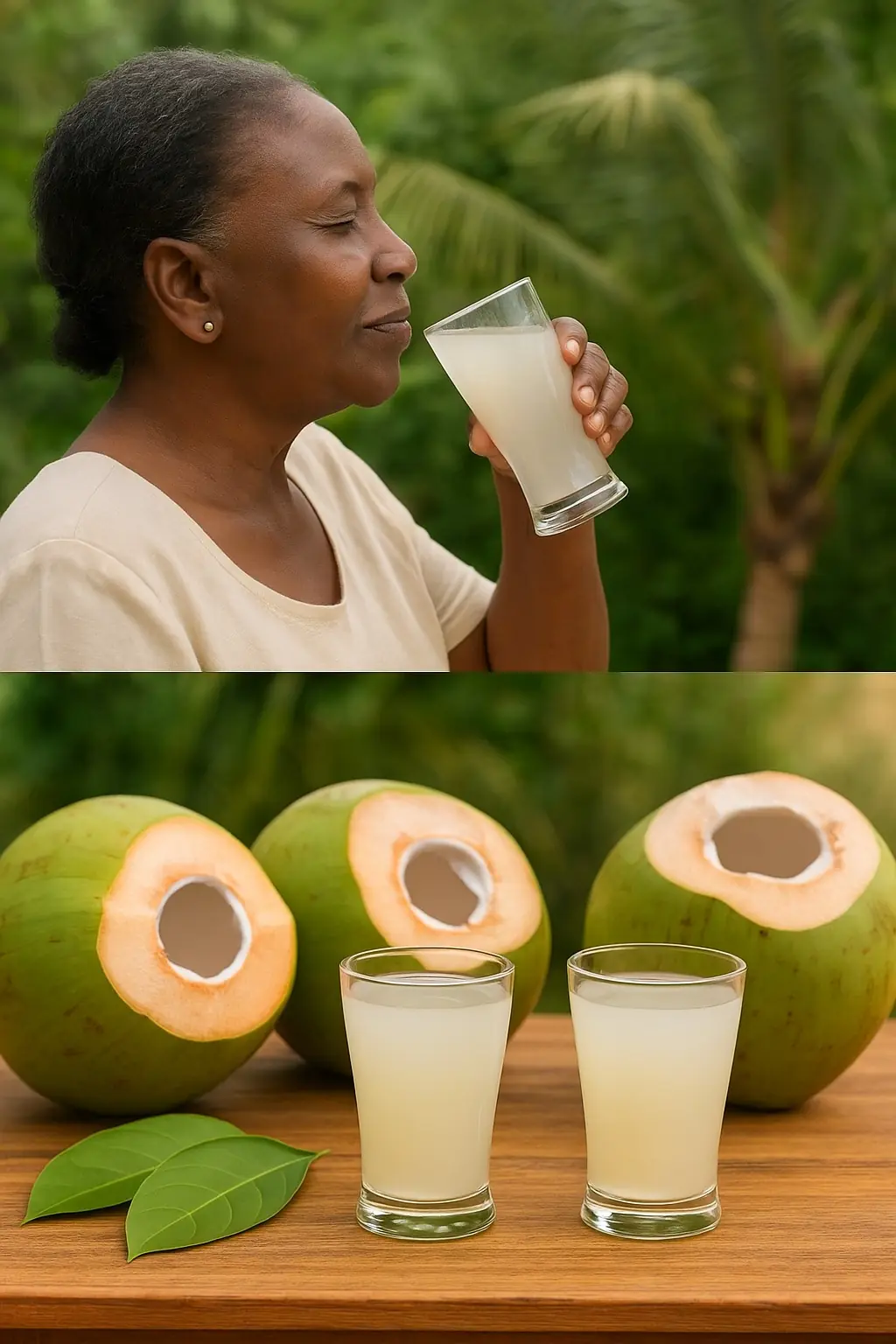
Don’t Drink Coconut Water Before You Know These 11 Secrets!
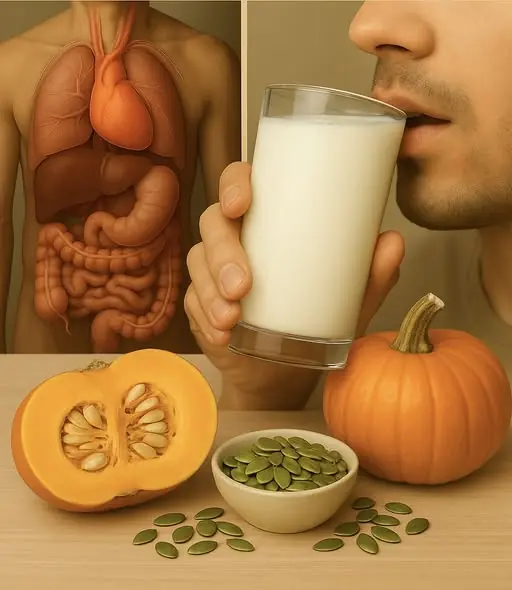
Pumpkin Seed Milk — The Natural Parasite Cleanser
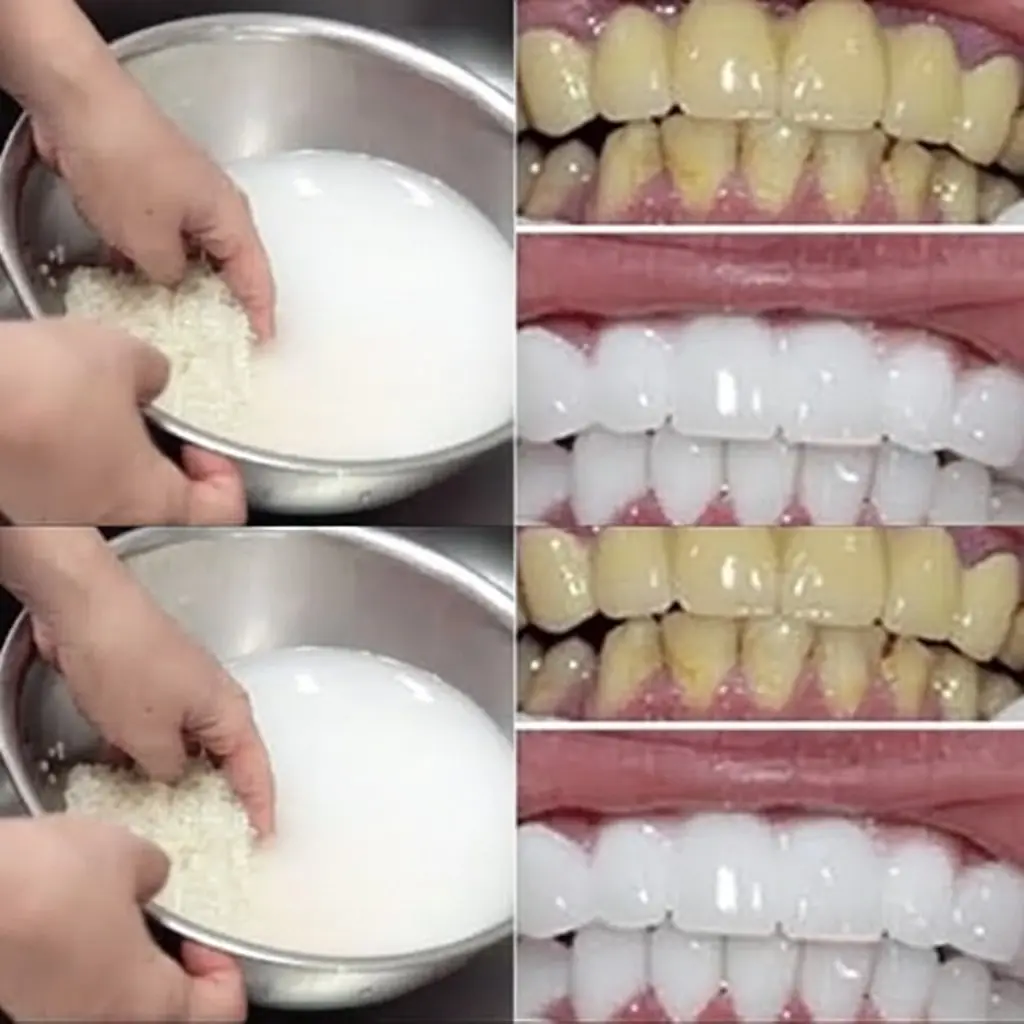
Fast Rice Water Trick for a Brighter Smile
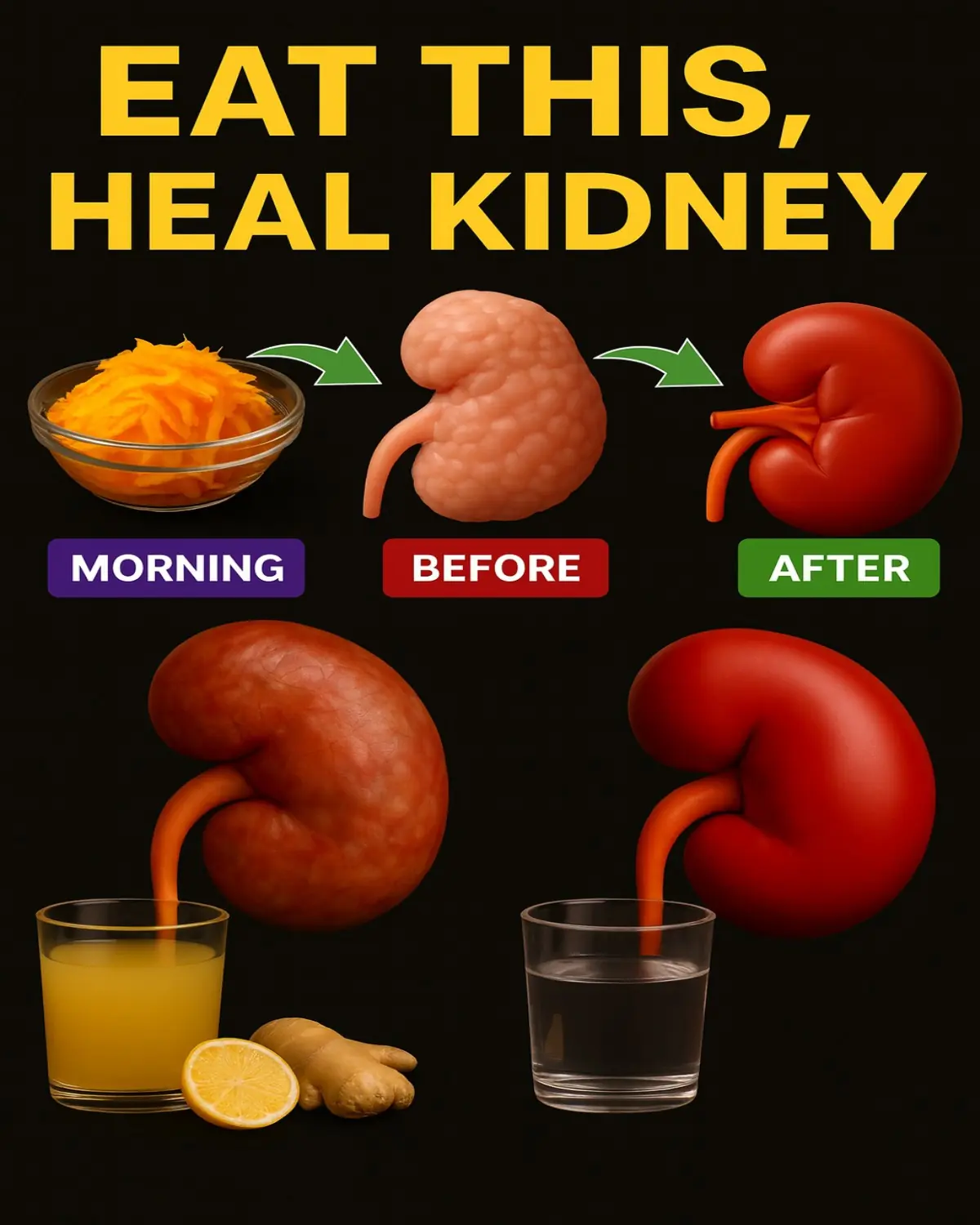
Morning Drink to Revive Your Kidneys Fast
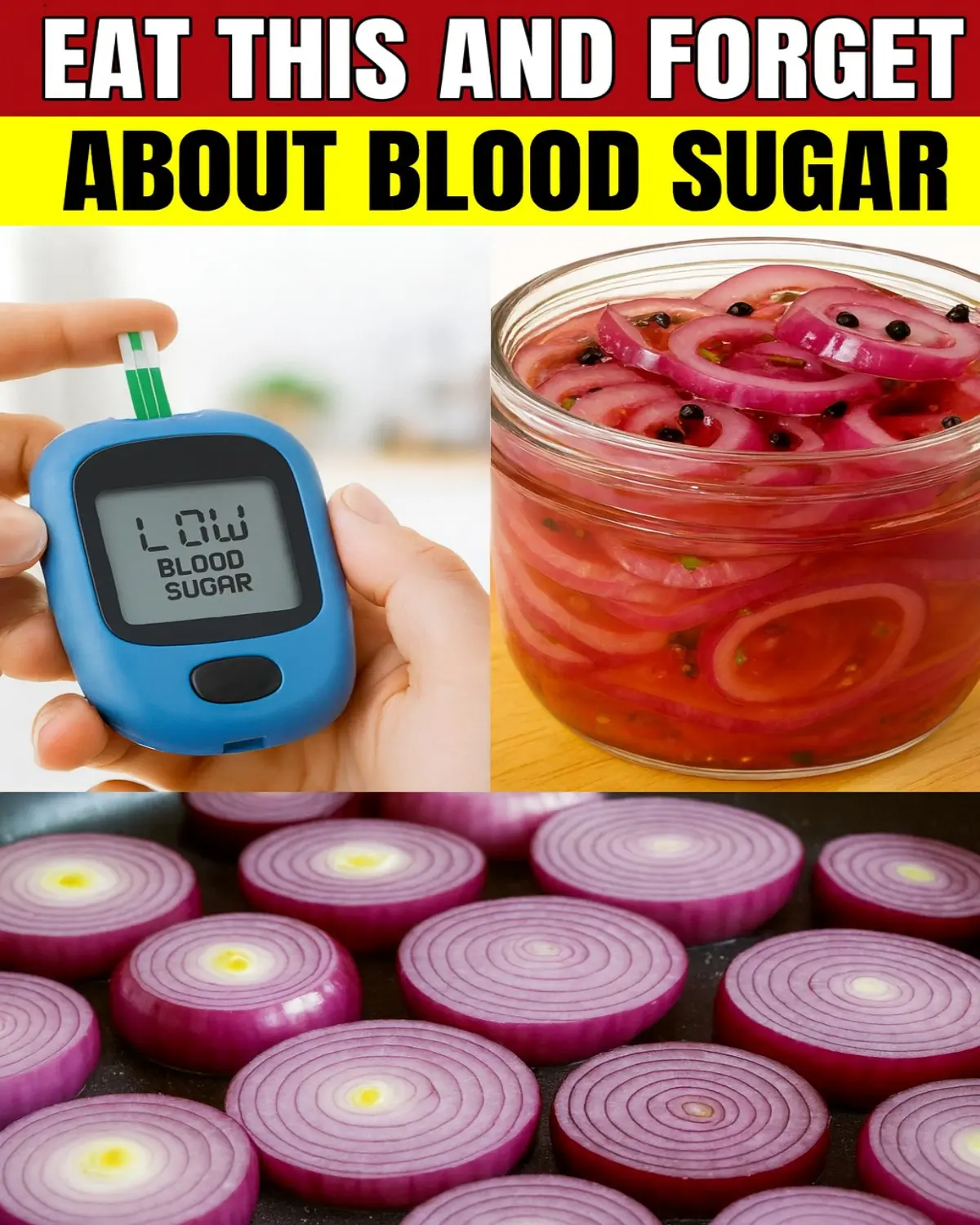
The Onion Recipe That Could Transform Your Blood Sugar, Support Cleaner Arteries, and Protect Your Heart!
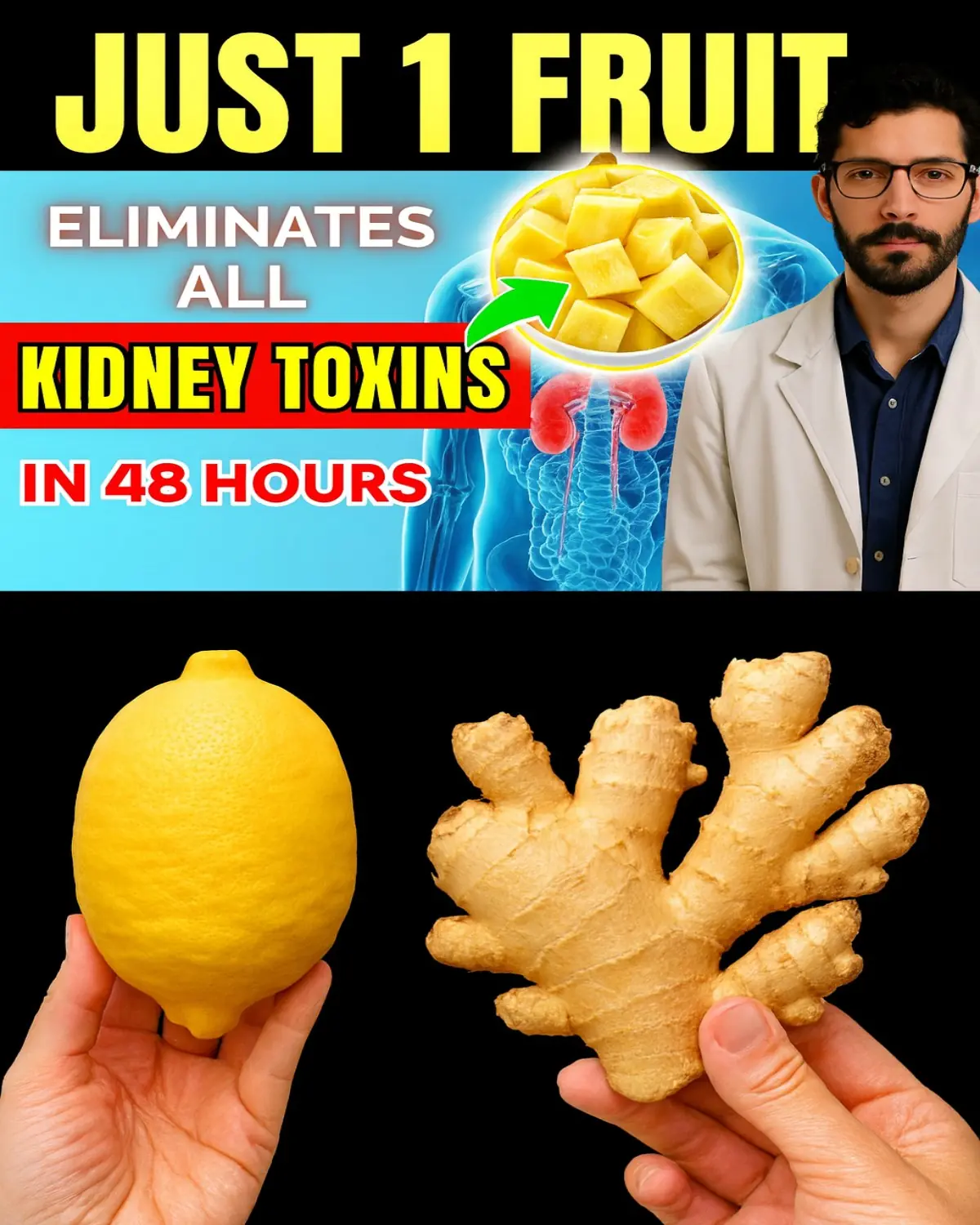
Top 4 Fruits That Help Your Kidneys Flush Out Toxins While You Sleep
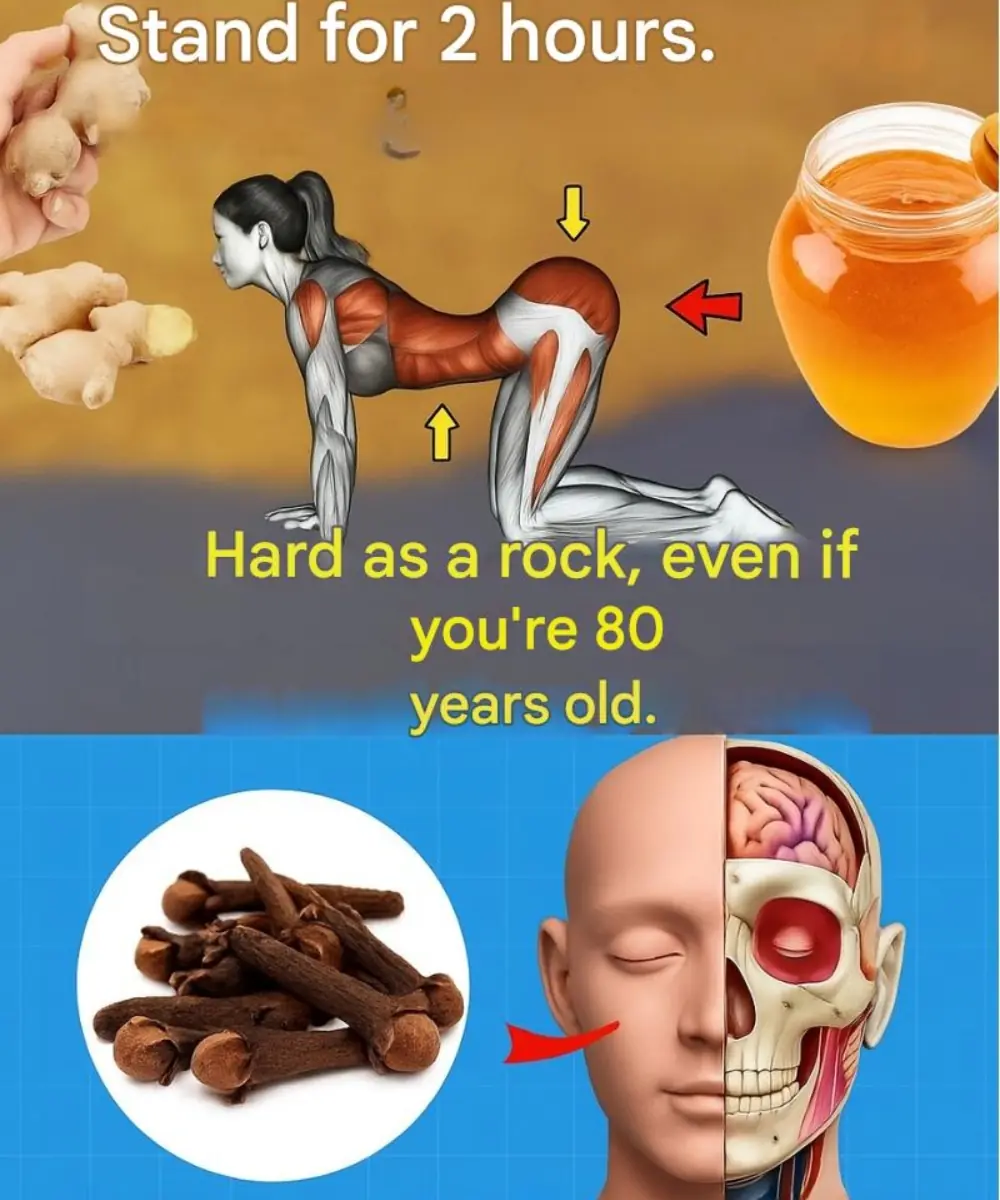
Ginger, Clove, and Honey: The Natural Trio Your Body Will Thank You For
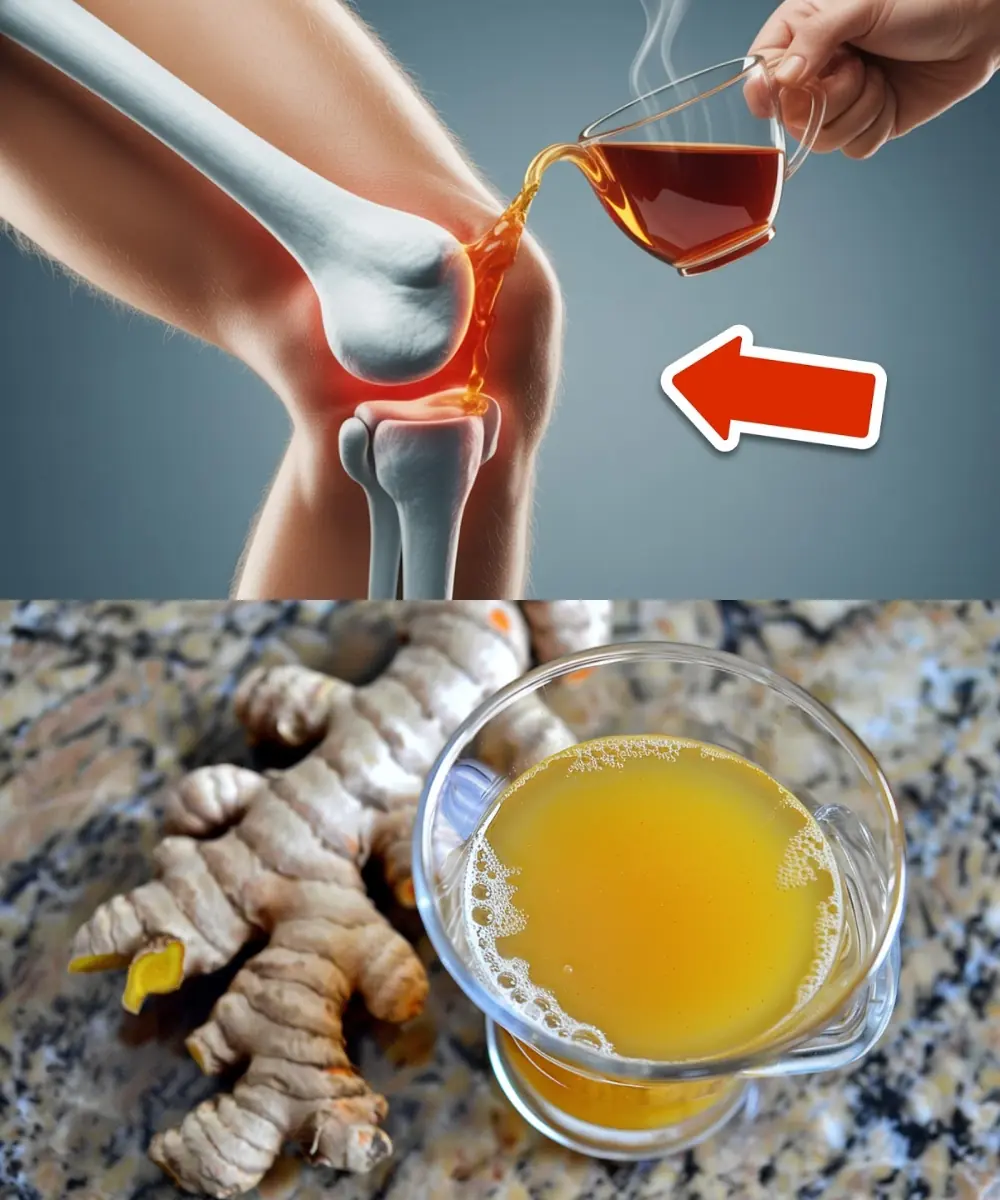
Heal 15 Years of Joint Pain Naturally with Turmeric and Honey Tea

This Juice Revived My Grandma’s Energy — Say Goodbye to Fatigue and Body Pain with This Natural Recipe
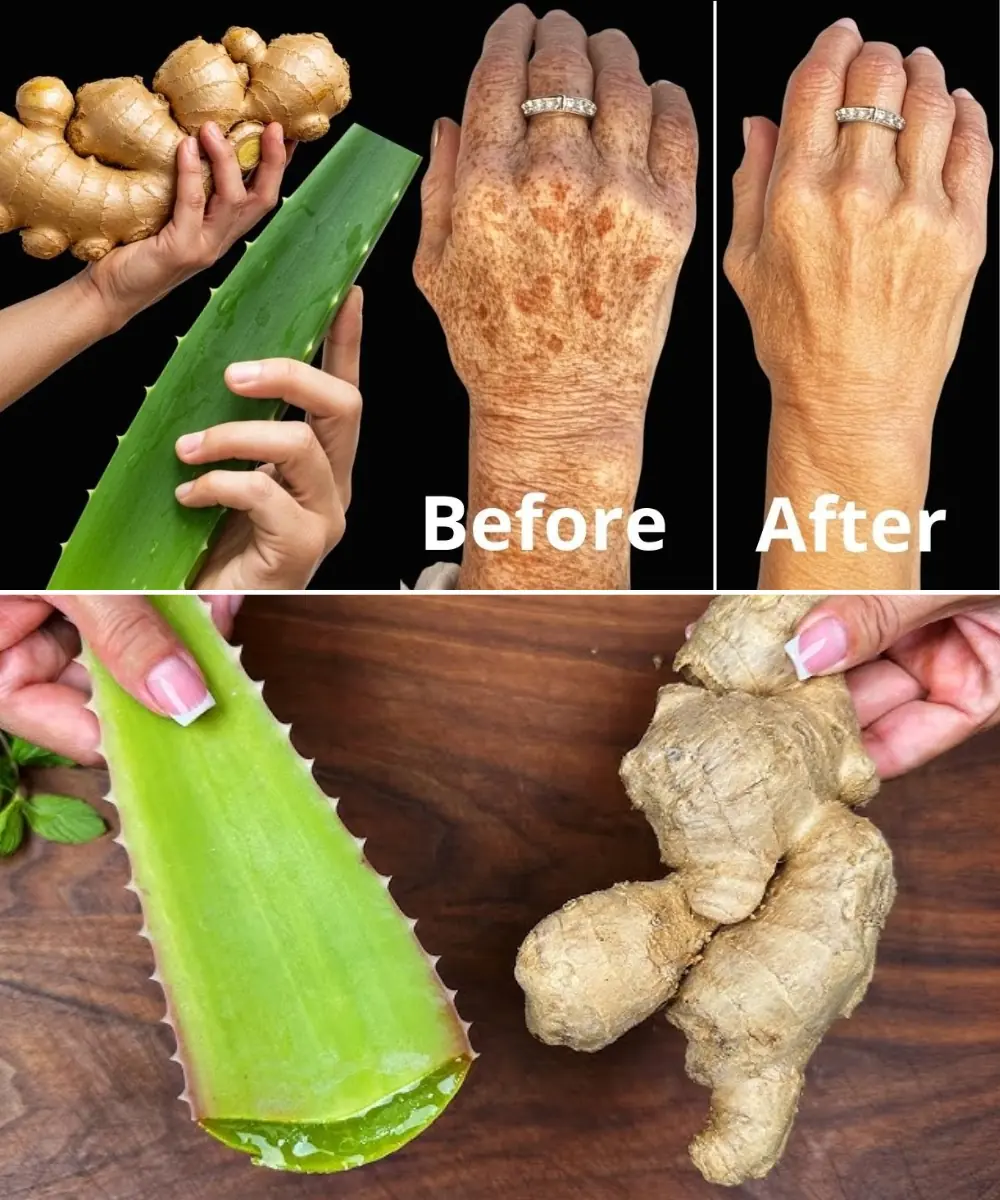
I’m 66 but Look 36 — My Secret? Aloe Vera & Ginger for Firm, Smooth Skin

How to Make Okra Water to Treat 17 Health Problems Naturally
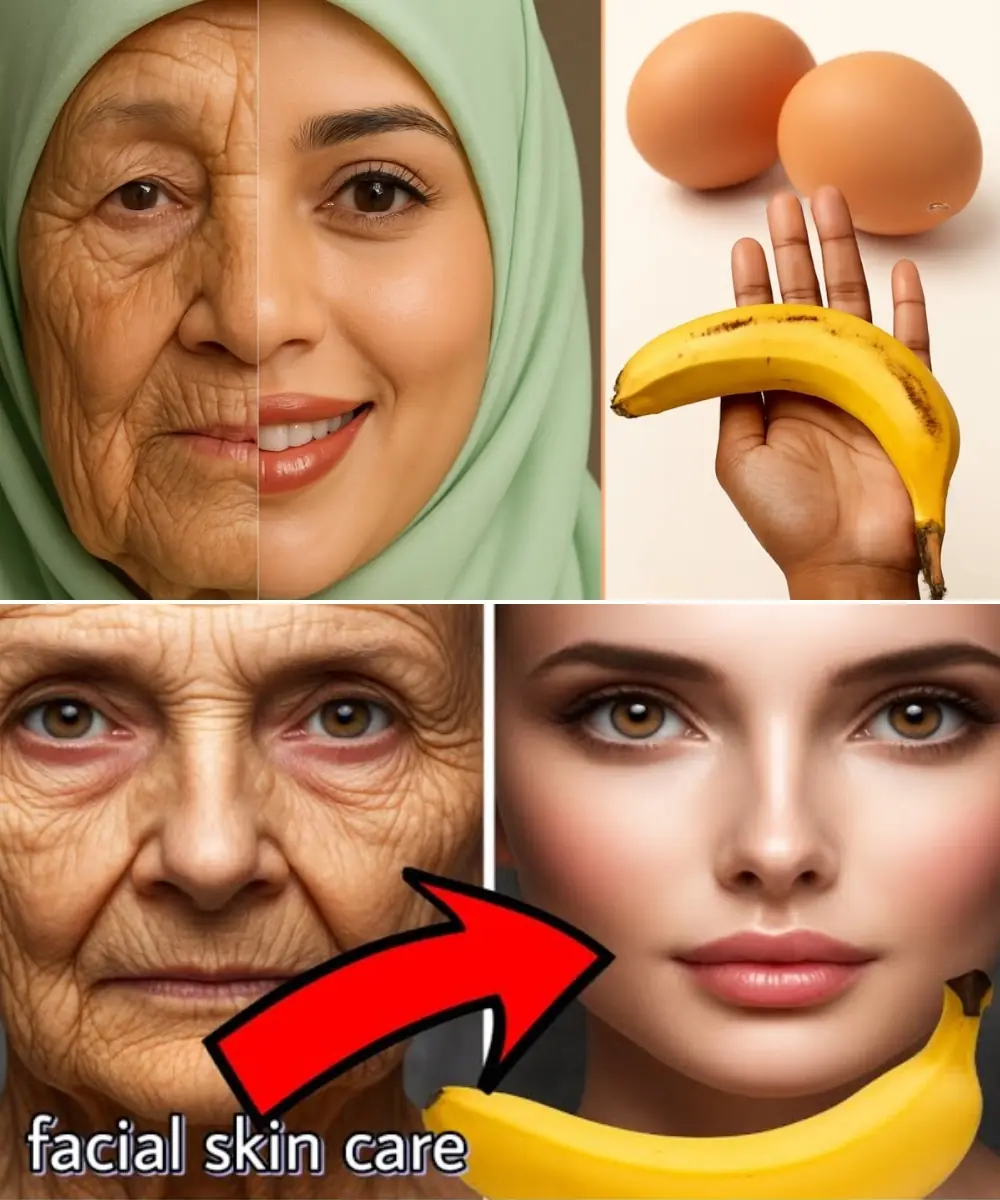
Banana and Egg Mask to Look Younger Even in Your 80s
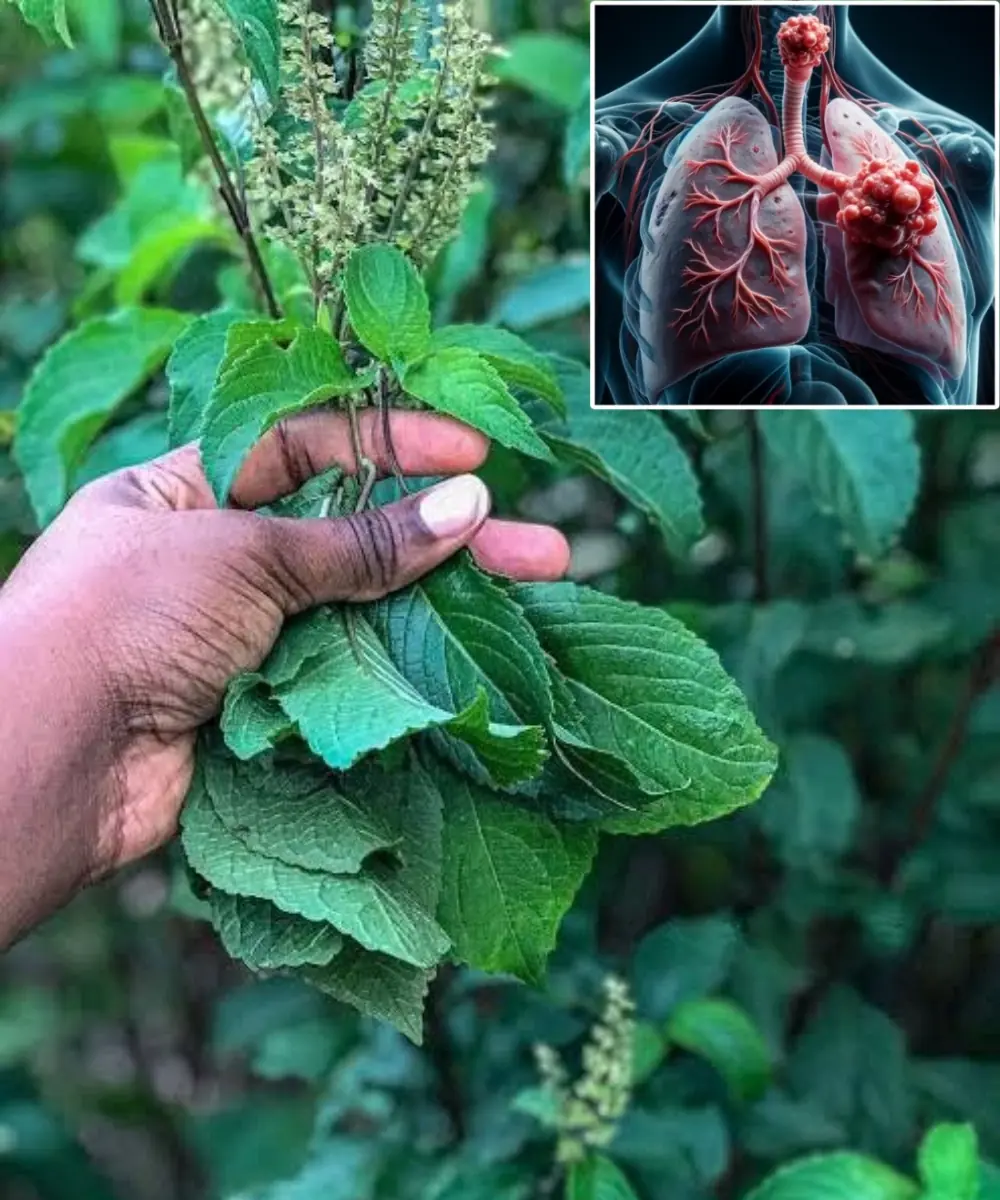
Scent Leaf Secrets Unveiled: 10 Surprising Health Benefits of This Miracle Herb

From White Hair to Black Hair Naturally in Just 5 Minutes — Fast Hair Growth Remedy

Boost Your Immune System Year-Round with Garlic, Onion, and Lemon
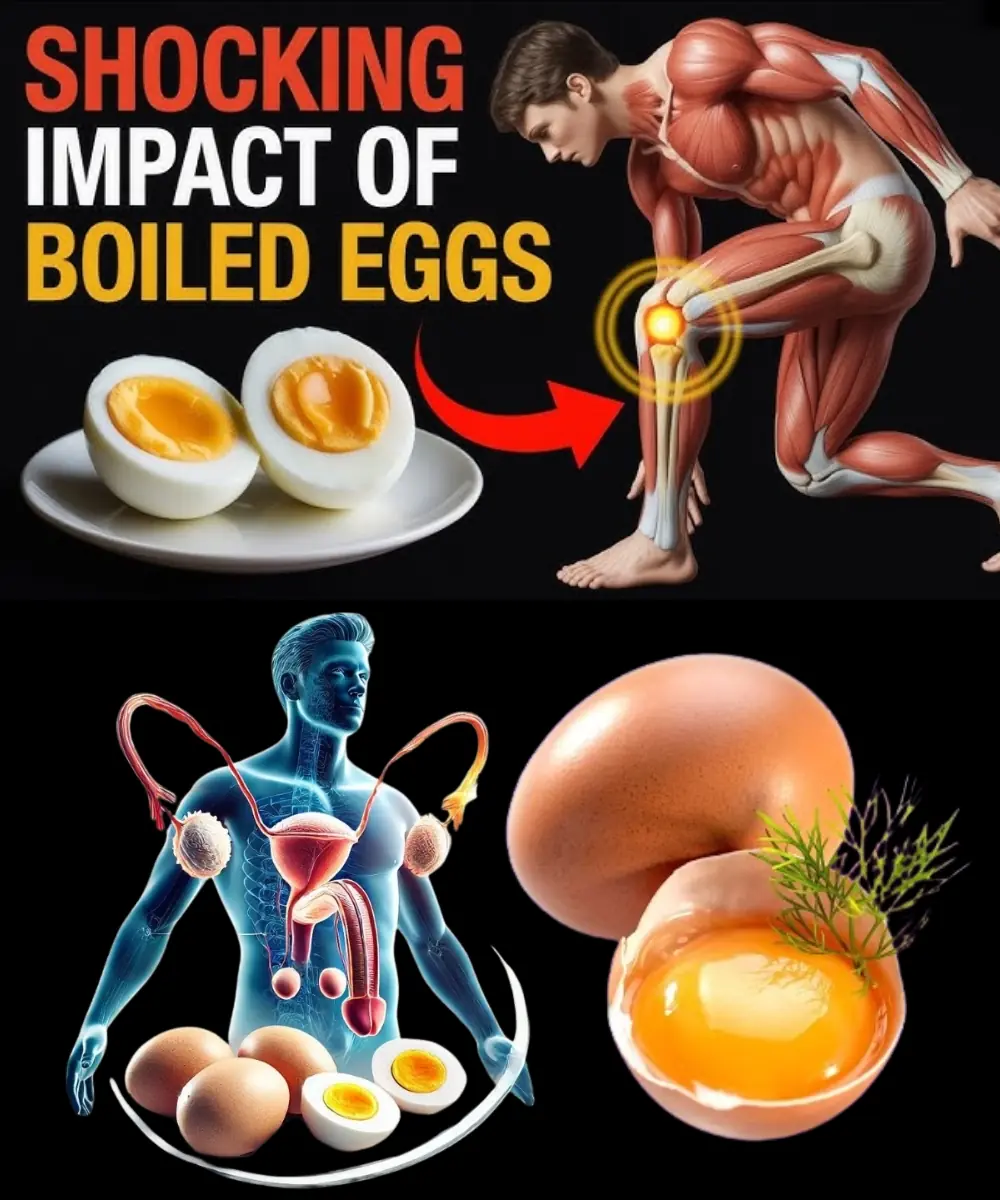
When You Start Eating 2 Eggs Every Day, Here’s What Happens to Your Body (Is It BAD??)
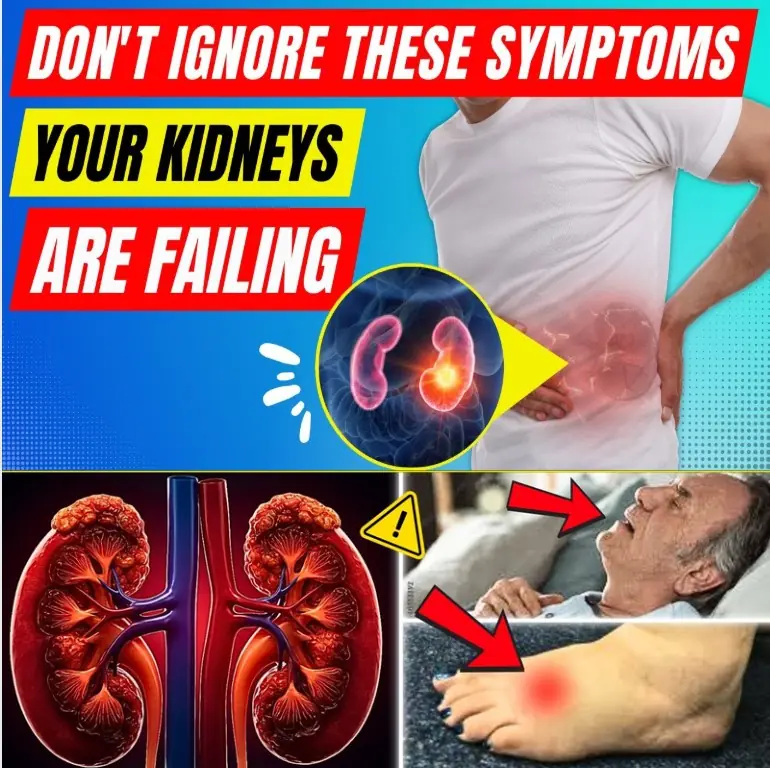
13 Warning Signs Your Kidneys Are Failing – Don’t Ignore These Symptoms
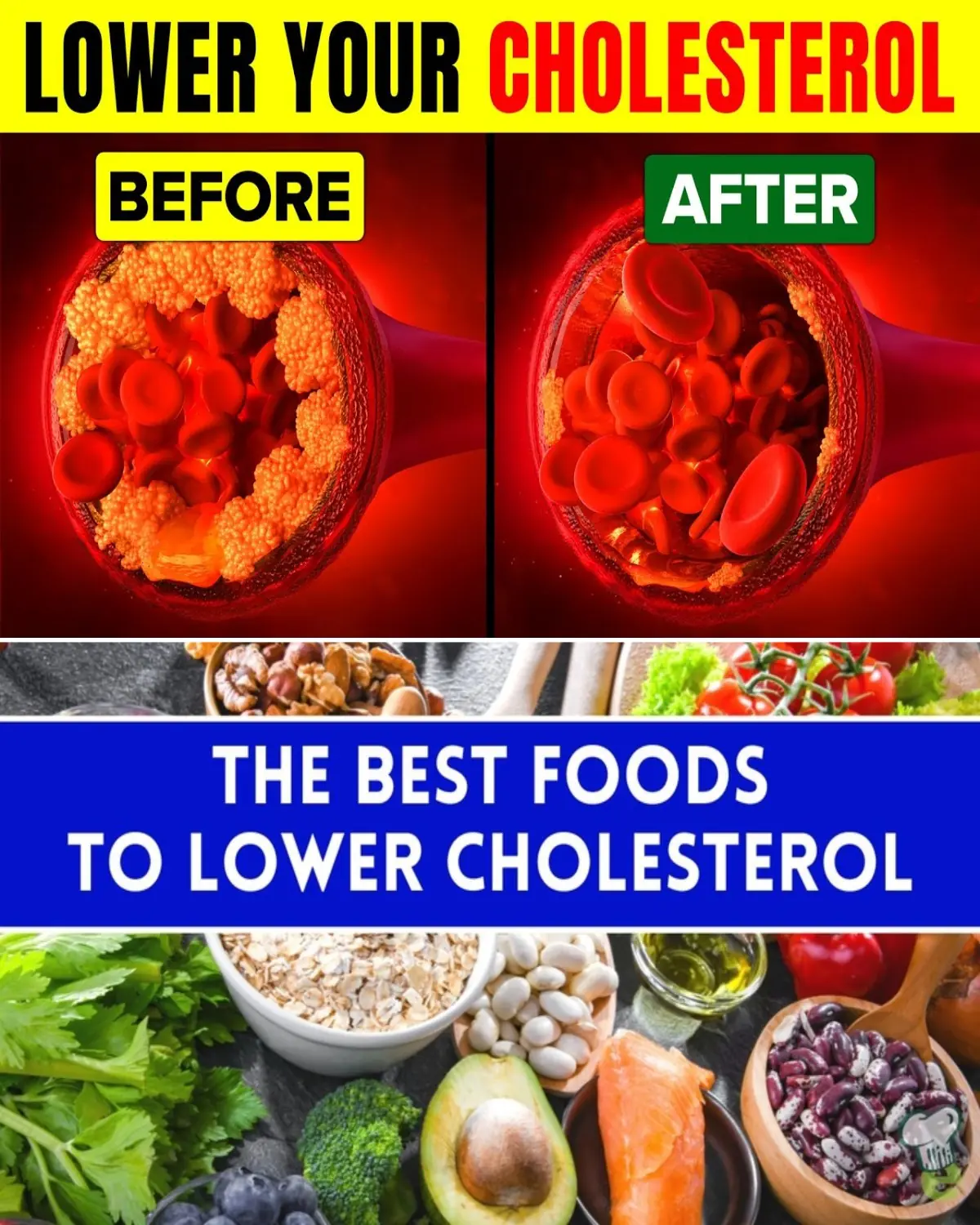
Save Your Heart: 8 Foods to Naturally Lower Cholesterol
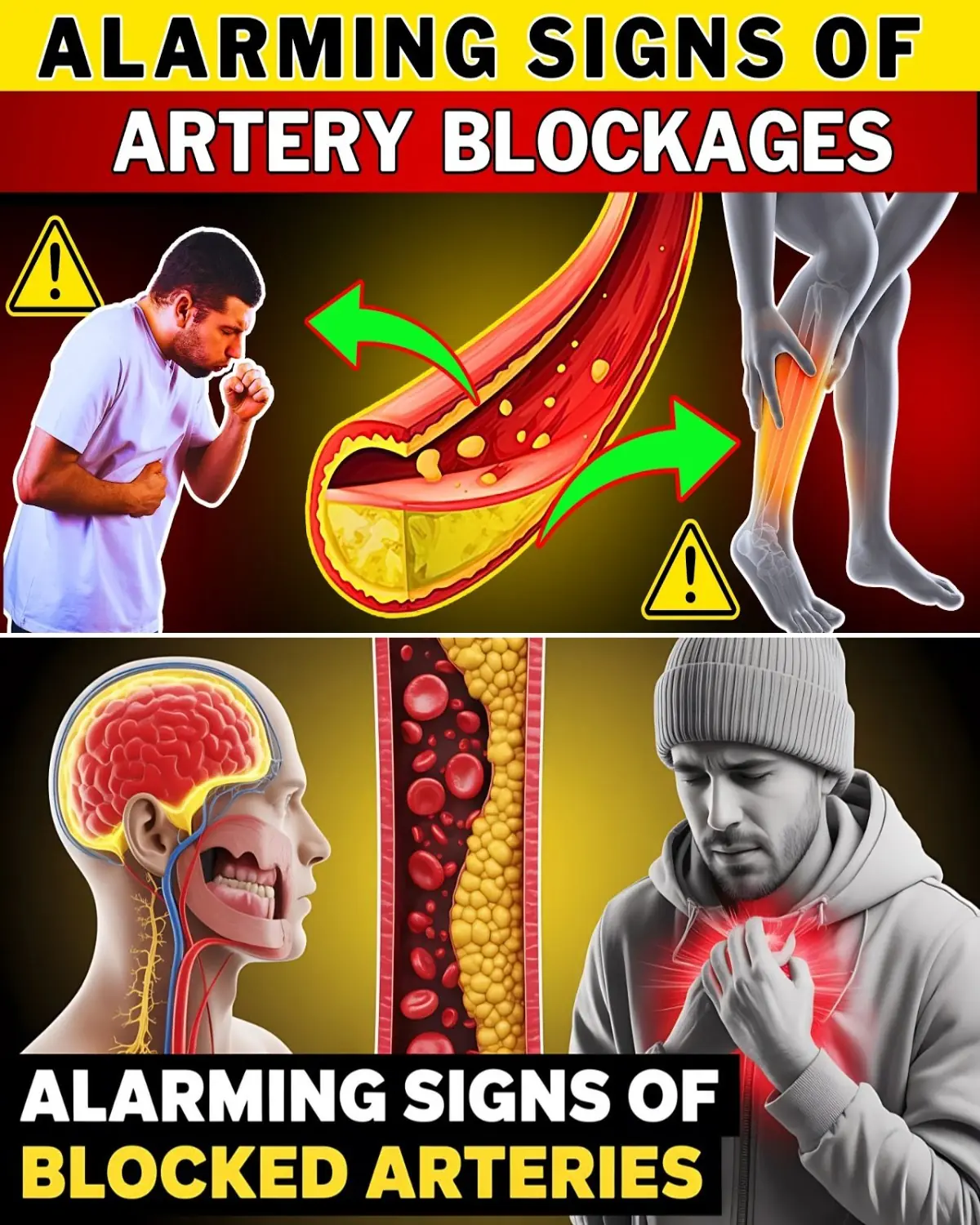
Silent Signs of Artery Blockages Seniors Can’t Ignore
News Post

WHAT HAPPENS WHEN WE TONGUE KISS…See more

Nature’s Secret: 4 Healing Leaves That Support Metabolism, Immunity & Circulation Naturally

Don’t Drink Coconut Water Before You Know These 11 Secrets!

Pumpkin Seed Milk — The Natural Parasite Cleanser

Fast Rice Water Trick for a Brighter Smile

Morning Drink to Revive Your Kidneys Fast

The Onion Recipe That Could Transform Your Blood Sugar, Support Cleaner Arteries, and Protect Your Heart!

Top 4 Fruits That Help Your Kidneys Flush Out Toxins While You Sleep

Ginger, Clove, and Honey: The Natural Trio Your Body Will Thank You For

Heal 15 Years of Joint Pain Naturally with Turmeric and Honey Tea

This Juice Revived My Grandma’s Energy — Say Goodbye to Fatigue and Body Pain with This Natural Recipe

The Benefits of Eating 2 Boiled Eggs Every Morning: Transform Your Health!

If Your Kidneys Are in Danger, Your Body Will Send You These 8 Signals — Don’t Ignore Them

The Surprising Effects of Avocado on Your Heart and Brain

Ways to Get Over a Man Who Didn’t Value You

I’m 66 but Look 36 — My Secret? Aloe Vera & Ginger for Firm, Smooth Skin

How to Make Okra Water to Treat 17 Health Problems Naturally

Banana and Egg Mask to Look Younger Even in Your 80s

Scent Leaf Secrets Unveiled: 10 Surprising Health Benefits of This Miracle Herb
